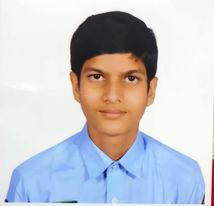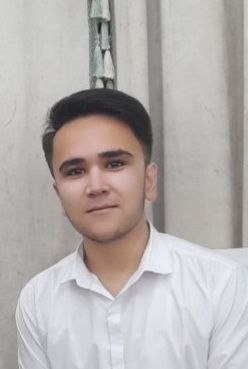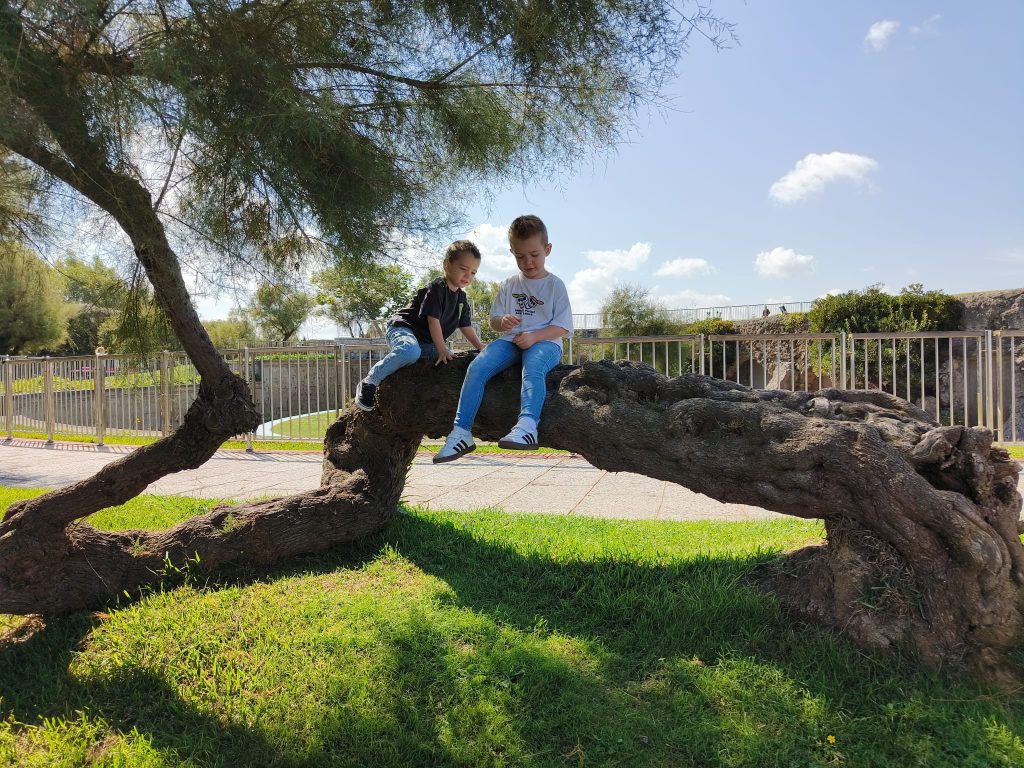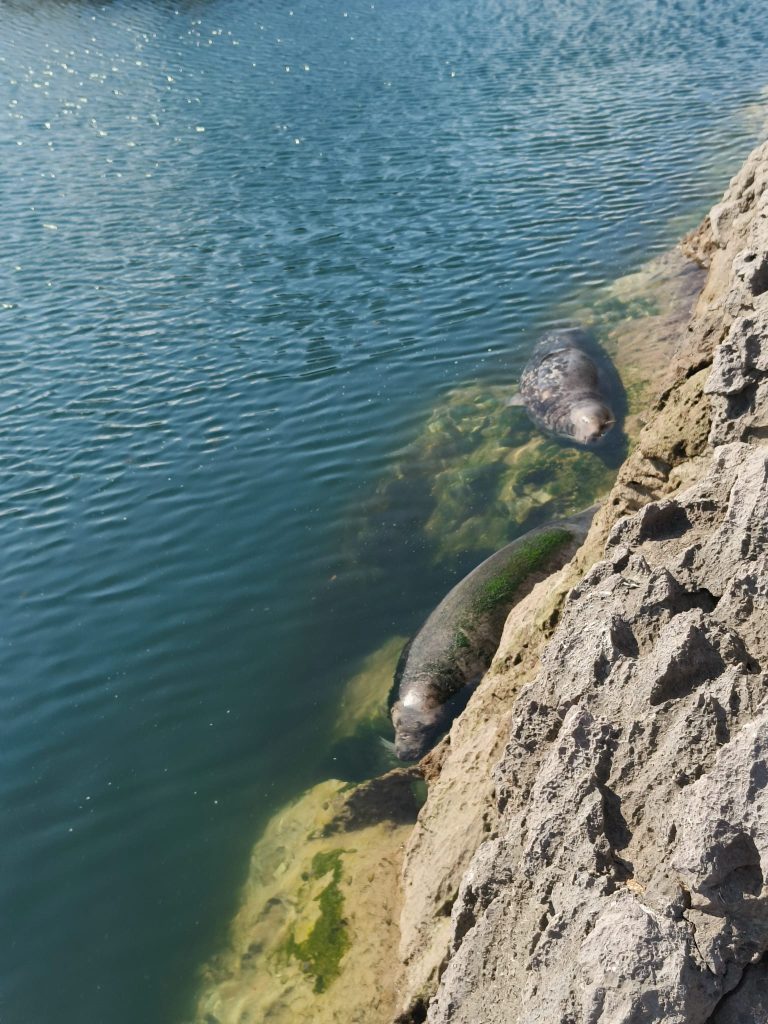The sun Light shines in the sky Makes the word happy. People are happy When the sun rises in the morning. Crops keep alive, People are centuries old When the cloud comes down. When the sun rises in the morning. It lights up the word, Governs the whole body Rooster is thick. When the sun rises in the morning Maftuna Rustamova. Bukhara region Jondor district Ravot village. 30 school 8-"a" class.
Category Archives: CHAOS
Poetry from Duane Vorhees
JUST STUPID, I GUESS — OR BLIND —OR INATTENTIVE — OR…
“So, Jean — (somebody), I said, “do you believe in love at second sight? I mean — Rum toddy, Waitress, for her; I’ll have a screwdriver — going dateless ‘s obscene! Dumb! Big crime to do! Shouldn’t I have realized the very first time?”
VAN/ITY (for Natalya)
The happy inconvenience of forced reliance on these, the sole tools I own
for prying below your oh so frozen golden skin,
The patient persistent application of these blunt lips, this inagile tongue,
trying to learn entire the inarticulate soul hiding within —
peeling it away layer by layer
from the long & blonde cool slim softvanilla Ukrainy icecreamcone
lying frostdelicious beside my pillow.
I (reluctantlustily) Bonaparte after you Kutuzov:
who hawkodineyed watch for every movement upon your flanks and
(engaging not, engaging, not) withdraw, withdraw
withdraw apace, another pace—
all communication broken,
knicking off my van/
/ (engaging not, engaging not)
/
/ till
/
/ suddenly
/
/
/ confront we :Borodino
/
/ frontal attack into your center
/ bodies blood contorted everywhere
/ ferocious punishment on either side
/
The c/ity of tsars ash against stars and ice
and our dreadful painful slow long extraction begins.
FISHING WITH A LINGUIST
I never claimed my German was good
but I can conjugate worm and hook,
and I can understand your language
by knowing of your hopes and anguish,
of your cathedrals and your ruins.
We all communicate in Human.
I’m not fluent in Russian or Greek,
but I practice my Reason and Grace.
PEOPLE LIVE IN CIRCUMSTANCE
Prophets
coffin fears.
They undim the years
and make futures clear.
Each instant starts new infinities and we want to learn our world before it leaves and the present in constant process of departure is all of time we possess and we want to change reality we say but won’t imagine others until prophetic language speaks itself and inertia is the prophet’s strongest weakness.
Poets,
clothed in words,
are philosophers
who live as paupers,
ambassadors of imagination, and their hands acting as mankind’s tongues make
the machinery that molds humanity and their chisels read our marble’s manuscript to free its sheltering angels. The poets’ sort of characters presses their texts on the stubborn world’s soft tissues.
Healers
seek to cure
the pains of the world,
improve the impure
with powders potions pellets promises prayers prophylactics and prosthetics and redeem the work of their harbinger barbersurgeons, barbarous locks smiths, who balded us while tonsured ones whittled our natures away.
Teachers
reach our minds
by opening blinds
to show us our signs
bright enough to darken our sight, reveal our oceans’ icebergs, use their mistakes instincts and stimuli to instruct our eternal youth eager only to grow old.
Scholars
caulk the cracks
in the walls of fact
caused by careless lack
of application as their brains’ gray boredom yearns to learn about all the abouts to catalog and diagram and quest to close the gap between the sag of our intellect and the stretch of actuality, but our tired libraries strive for arson because we know when nothing is left all will be understood.
Rulers
view their role
as plugging the holes
in their fated goals
and they deploy their troops their laws their clubs their crusades their mobs and their parades to advance their cause of making the patch of our earth a carpet for their comfortable feet and leave us as shirazless as Shiraz. We say we need rulers to draw our lines straight but the rules rulers impose are intended for us ruled ones only.
Soldiers
know: to kill
they must always drill
and harden their wills
to deform enemy stones into tombs and they expect command and stratagem to stand up their haughty uniforms against opponent motley and bayonet resistant pacifists.
Judges
budge the law
from hammer to saw,
from justice to fraud,
they are the chaste prostitutes who should always be on trial for verdicts that sentence abstinence with masturbation and we must prepare to wear our loudest scarf to their dockets their gallows and their guillotines.
Prophets live in confusion, poets in fantasy, healers in contagion, teachers in ignorance, scholars in mystery, teachers in ignorance, rulers in entitlement, soldiers in destruction, and judges in wickedness.
WHERE DO THESE, OUR CASTRATI, GO?
On the march–
the rag, the drum, the bugle’s linger.
In the church–
the wine, the crumb, the seedless singer.
By the curb–
the road, the thumb, sundrunk and cindered.
Remnants of sacrificial souls.
…
Poetry from Terry Trowbridge
Unemployed, Dating, Self-Esteem Issues I wish I was naked with you, but when I am naked with you I wish I was invisible. But you might find me by touch, so I wish I were room temperature. But you might find me by smell so I wish I was sleeping in your bed for a week beforehand. But you might find me by sound so I wish to hold my breath for as long as it takes for you to fall asleep waiting for me to come back from wherever you think I vanished to. But when I reappear, I would have no present and you would think I had gone somewhere and returned empty-handed and that empty-handed sheepishness is why my self-esteem is so low. That is why I am not answering your phone calls. Disney women of the 1980s The women of Disney’s Saturday morning cartoons were not princesses. They lived serious lives and were empowered, but somehow we have forgotten them. We should remember three: Gadget Hackwrench, Rebecca Cunningham, Sunni Gummi. Gadget Hackwrench was a S.T.E.M. gearhead who maintained an airship. She soldered spy equipment. She could drive, off-road, every vehicle that fit a mouse. She dressed in mechanic’s coveralls and was the only Rescue Ranger who wasn’t obsessed with their own image. Rebecca Cunningham was a single parent who ran a shipping company. She owned a plane. She masterminded supply chain management, international trade regulations, and her daughter’s PTA. Her main employee was a man who starred in a movie without a single female protagonist and she was uncompromisingly his boss. And she did all of these things on screen. Sunni Gummi infiltrated human castles and posed as a princess, boy crazy and a bit servile to a blonde rich girl until she learned some Hawthornian lessons about life. She became a talented squire, and devised plans on behalf of teenage girls that outwitted politicians, patricians, and her own favoured brothers. She was a savant flute player. She fought with monsters, bare-fisted.She fought with men, naively, but unflinchingly, a pawn played by an older human princess to deflect the violence of Machiavels. But she represented more than a throwaway piece because no mere pawn could do these things in an urbane world and return home to a rustic family of druids and Gnostic secrets with dignity. They are not prissy movie princesses. The role model women of Disney were everyday women of Saturday morning. Let’s talk about working class breakfast cereal and break the chains of royal popcorn. Let’s ask where these women vanished to when we went to college. Why did we stay silent about their absences when they were replaced in the 1990s by shows named after men like Squarepants, Doug, and other Nickelodeon disappointments? Why did we let our fascination transfix us on the vapid Disney instead of the empowering one? Two Magics Your fairy godmother has a spell to give you an enchanted pizza topping in your suburban driveway. She throws sparkles over a semper vivum. It stretches and inflates into an egg on a stem. Voila Bipitty bopitty artichoke. A prince steps out of his Range Rover with a Vessi in his handcasting chill. Netflix looks around. Terry Trowbridge has appeared in Synchronized Chaos before. He has some grant funding from the Ontario Arts Council and hopes that more poets can benefit from their programs in the next cycle (and Terry votes).
Poetry from Wazed Abdullah

A Shining Star
A shining star up in the sky,
A distant light that draws the eye.
Through darkest night, you brightly gleam,
A constant guide, a whispered dream.
You dance on high, so far, so free,
A spark of hope for all to see.
In silent skies, you always are,
Our faithful, glowing, shining star.
Wazed Abdullah is a student in grade nine at Harimohan Government High School, Chapainawabganj, Bangladesh.
Poetry from Jeff Tobin
Of Sonnets and Skyscrapers
I wear this sonnet like a borrowed coat,
Stiff in the shoulders, seams pulled tight,
But stitched with threads from centuries ago,
Where ink met quill under a candle’s light.
I try to walk its lines, the measured pace,
Yet find the iambs don’t quite match my stride—
We’ve outgrown gallant rhymes and studied grace,
In favor of the blunt truths we can’t hide.
Now cities hum with digital confessions,
Algorithms dance in place of stars.
We measure worth in data and impressions,
Our loves reduced to avatars and bars.
Still, I patch this form, frayed though it may be—
Let it hold the sum of what we see.
Roots and Wings
I was born with roots buried deep,
tangled in the soil of a place
I never chose.
They said, grow where you’re planted,
but the earth felt like chains,
pulling me down
when all I wanted
was to fly.
You see, no one tells you
that wings come at a cost,
that to lift off
means leaving something behind—
a house,
a name,
a past.
I’ve felt both—
the pull of ground
and the ache of sky.
Each promises something the other can’t give,
each holds a piece of me
that the other can’t understand.
And now, I sit between them,
torn like a tree split by lightning—
my roots reaching down
while my heart looks up,
waiting for the courage to choose.
Maybe that’s the lie
we tell ourselves:
that you must pick one,
that you can’t grow
and fly,
that to be grounded
means losing the air,
and to soar
means forgetting the dirt.
But I think
we are both—
roots in the earth,
wings in the sky—
always tugged between where we come from
and where we long to go,
never quite free,
never quite still,
yet whole
in the longing.
Storms, Oaks, Roots
The sky cracked like a bell on the last night of autumn,
cold biting through the marrow, every bone humming.
We live like this—between breakage and bloom,
roots deepened by storms, reaching, always reaching,
downward into soil heavy with rain.
Oaks stand because they must,
holding what the earth gives—grit, flood, wind,
gathering strength from what tries to tear them apart.
We, too, are carved by what we survive,
the lines on our faces tracing the years of drought and plenty.
Pain sets its teeth in us, but still we grow,
hope rising stubborn as new shoots through cracked stone.
There’s no music to it, just the slow rise,
a kind of weathering in silence,
until we learn the language of roots,
how to drink deep from what remains.
Bruised but upright, we live as oaks live,
accepting the storms, holding tight in the wind,
and somehow, finding growth even in the breaking.
No Longer Here in Body, But …
You left in the middle of the night,
the house sighing in your absence, the door ajar,
as if you might return to fill the space again.
But silence consumed your place,
and we’ve learned to live with that weight,
growing larger by the day.
Your boots still by the hearth, worn thin with the miles,
carry the imprint of where you’ve been—
fields turned to dust, rivers that swelled and sank.
I trace the scuffed leather, hoping for something left behind,
a sign you’re still walking somewhere,
beneath a sky we both knew.
Absence doesn’t stay quiet,
it grows loud in the smallest things:
the kettle that doesn’t boil,
the coat never worn again,
the tools untouched, rust creeping in like autumn frost.
You are no longer here in body, but—
you remain in the turning of the soil,
in the way the wind presses through the trees,
in the stones you laid by hand,
one by one, until the walls stood solid.
We keep moving through the days,
because that’s what you’d want—
but the earth knows what’s missing,
and so do we,
every footfall a memory of where yours used to be.
Walking Your Field
I walked your field today, the one you tended
with hands thick from years of toil,
where earth clung to you as if it knew your name.
The furrows are softer now, untended,
but still they hold the shape of your labor,
your will pressed into the soil.
The air held a quiet weight,
a heaviness that comes from things left undone,
the half-mended fence,
the stones you set aside for later.
I stood where you used to stand,
looking out over what remains—
and what’s lost beneath it all.
I remember your boots sinking into the mud,
each step deliberate, as if every grain of dirt
mattered. And it did,
to you, everything mattered—the smallest seed,
the rainfall, the lengthening days.
Now the field feels like a question,
asking how long we can hold what we’ve lost,
how much we can grow without you here
to shape the rows, to tell the seasons when to start.
I plant my feet where yours once stood,
but the earth feels foreign, unfamiliar.
Still, I walk, because that’s all I know,
wanting something to rise from this,
like the crops you coaxed from the barren land,
year after year, with only your hands and hope.
Jeffery Allen Tobin is a political scientist and researcher based in South Florida. His extensive body of work primarily explores U.S. foreign policy, democracy, national security, and migration. He has been writing poetry and prose for more than 30 years.
Poetry from Komron Mirza

I say the end of time…
Although they are young, they are in their eighties
Old people have a poor wallet
Don’t get up in the morning prayer
I don’t think it’s the end of time
Mother of orphaned children
Let them throw it aside
It’s worth it like a commodity
I don’t think it’s the end of time
If you see it, you will be amazed
They hurt your heart
Markets that sell honesty
I don’t think it’s the end of time
A cemetery after an inauspicious year
One Qur’an in one unreadable year
We have no faith left
I don’t think it’s the end of time
It’s time until dawn
Rest until noon
Even the night passes in sleep
I don’t think it’s the end of time
Beamal is a genius scientist
The mistake of Kufr-u Shirk
His fatwa is a lie
I don’t think it’s the end of time
Adultery became commonplace
Buildings of faith collapsed
Chests like eyes were opened
I don’t think it’s the end of time
Women are not hot for men
I can’t help but think about prostitution
A handkerchief wrapped in condolence
I don’t think it’s the end of time
People build palaces
If they walk without Peshwa, they are murids
Ignorant people laugh at us
I don’t think it’s the end of time
What is the dream of everyone
The cure in the kingdom is the singer
So “Navoi” is in the room
I don’t think it’s the end of time
You are complaining, O Mirza
It’s not good manners
Don’t take the punishment in Mahshar
I don’t think it’s the end of time
Komron Mirza was born on March 30, 2001 in Sherabad district of Surkhandarya region. At the moment, he is a student of Applied Psychology, Faculty of Social Sciences, TerMU, Termiz city, Surkhandarya region. He is a creative and future master of his profession.





